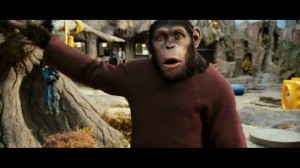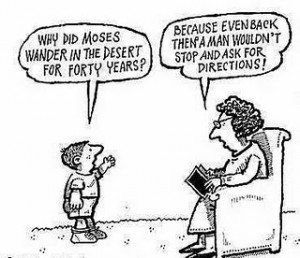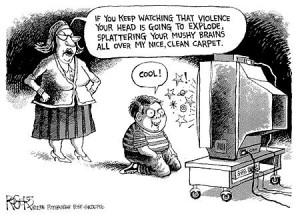Muted Group Theory
According to Cheris Kramarae, language is a man-made construction, thus “women’s words are discounted in our society; women’s thoughts are devalued.” So, women are the muted group in this muted group theory. Muted group is defined as “people belonging to low power groups who must change their language when communicating publicly, thus, their ideas are often overlooked.” Kramarae lists three women’s stories about how they have to change their style of communication so they are heard and respected among the other men. Kramarae states that women with less self-confidence than these three women have a tough time working through the system organized by men. This relates to the events in The Devil Wears Prada. Andy lands the job that every girl in New York wants to have. However, she does not fit in at the workplace at all because of the way she looks and the fact that she doesn’t understand fashion. Along with everyone else she works with, Andy’s boss, Miranda, treats her poorly and makes fun of her terrible outfit choices. Miranda also makes Andy do almost impossible jobs, for example, assigning her the task to fly Miranda home in a huge thunderstorm. Although Miranda is a woman, Andy is still part of the muted group because she doesn’t speak up and say anything to defend herself.









